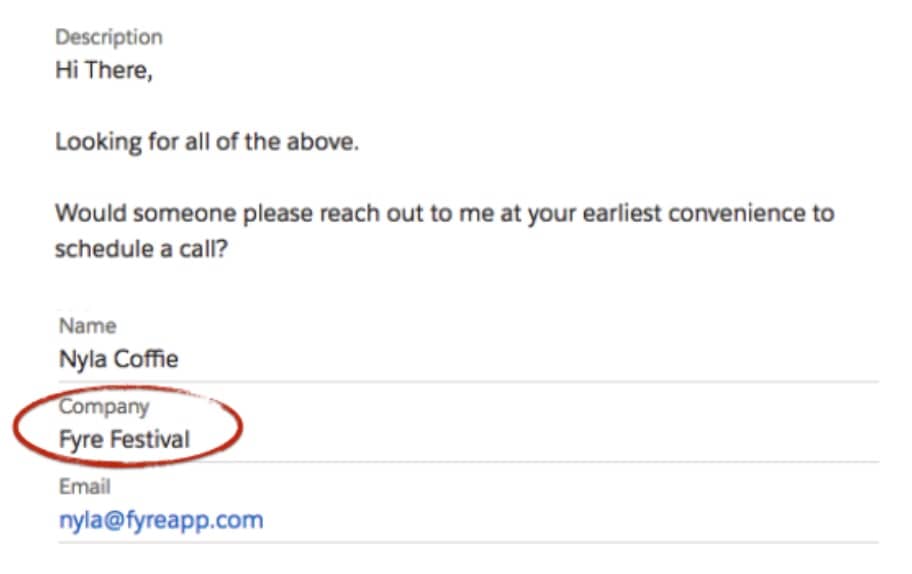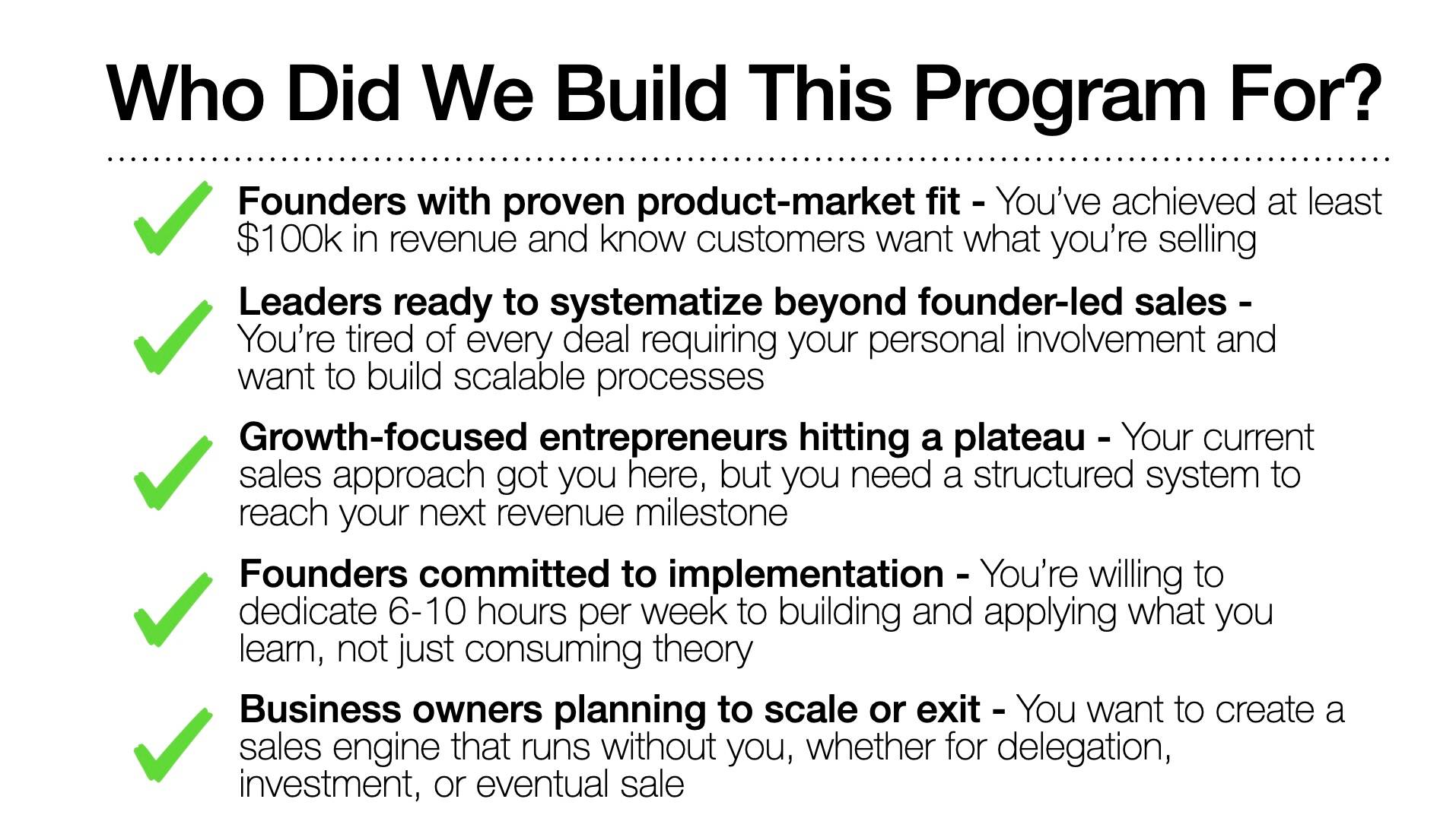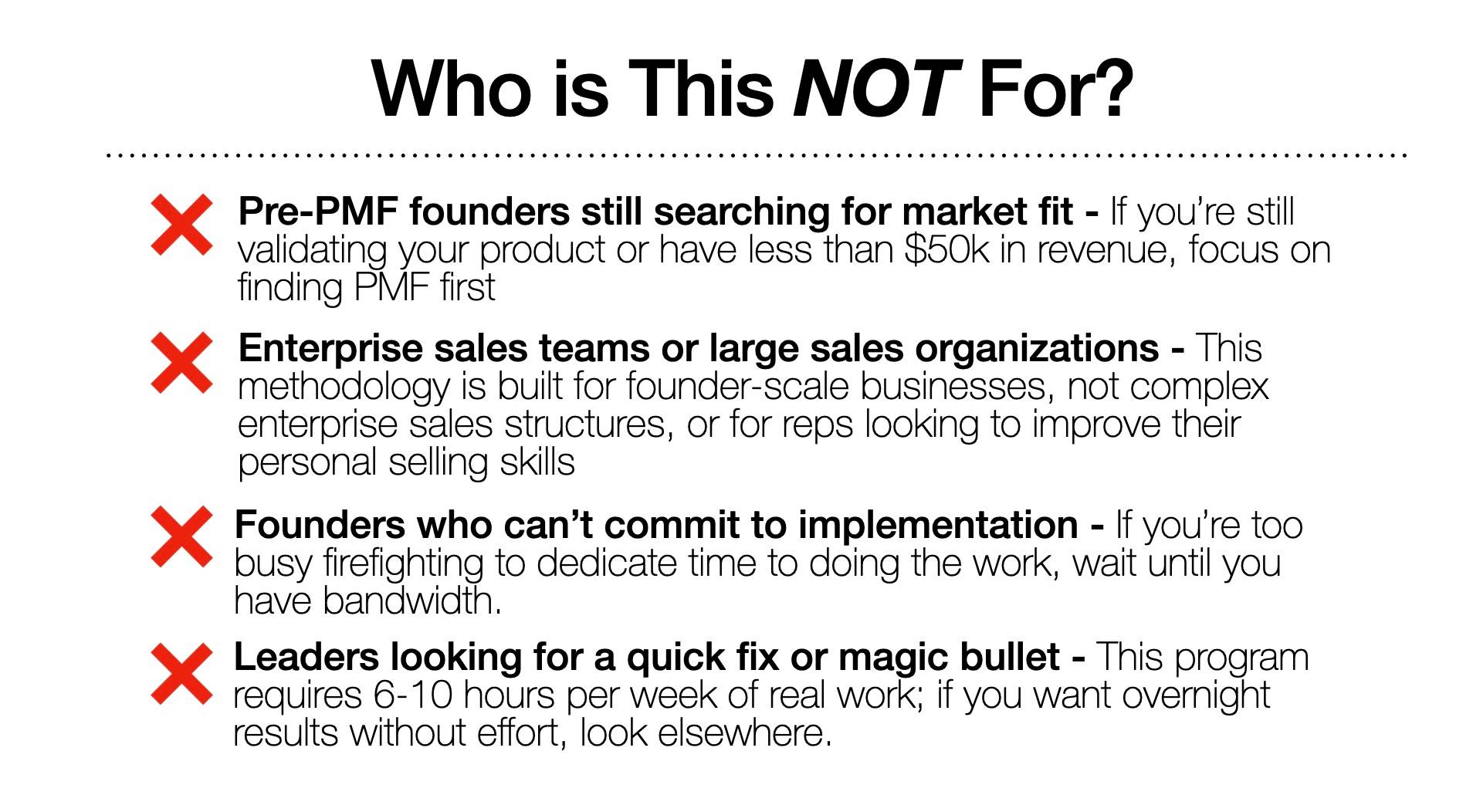Customer Selection Is Your Strategy
I still remember the email notification in my inbox: we had a new lead.
At the time, I was the Chief Revenue Officer at Intellitix, an event-tech start-up that provided ticketing, entry management, and payment solutions to the world’s largest music festivals.
If you’ve ever been to one of those big music festivals (Coachella, Tomorrowland, Lollapalooza) and worn one of those fancy RFID wristbands, that was probably us.
We had a great foothold in the North American festival market and had just raised growth capital to expand even more aggressively in our core market, and internationally. For the first time, we ramped up our marketing spend, and like magic, the leads actually started to come in.
This one looked great. New music festival, high-end, big-name celebrities endorsing it, social media accounts looked active. It was a name I didn’t recognize at the time but would never forget: Fyre Festival.

We set up an intro call. Both teams were excited, talking about the potential and confident that this could be the next Coachella.
…then we got into the details…
What company did you hire for the security?
Who’s doing the fences?
Who are you working with on catering/hospitality?
Who’s leading the stage build?
Now the team sounded decidedly less confident. Not only were the answers shaky, they straight-up didn’t have answers to some of these mission-critical questions.
We’d worked with enough festivals to know that if these elements weren’t figured out by now, this was going to be a last-minute sprint to the finish, and we’d lived through enough of those to know that we should step back, let this play out, and revisit a year later.
Well, we called that one.
If you’re not familiar with the Netflix/Hulu documentaries, Fyre had raised $25M and promised to be the next big thing. Their website looked credible, they had big-name partners, and had garnered significant media attention. But, the festival tanked, leaving festivalgoers stranded on-site without food or water, embroiling the organizer and suppliers in lawsuits for years to come.
Most startups don’t starve, they drown
If this story seems like a one-off, I’ve seen this play out time and time again with founders. You experience some success, time to blow open the doors, ramp up the activity, turn on the faucet, and in creeps a sea of potential distraction.
A close friend of mine bought a manufacturing company and was early to the SEO game: none of their competitors was treating it like a strategic priority, so they went all-in. When the leads started pouring in, the sales team was over the moon – they’d never had the magic phone ring like this before.
They started to take on all different types of customers, large and small, located all over the country. Soon enough, the larger customer orders started getting backlogged, and capacity was taken up by hundreds of small projects, meaning larger, more strategic accounts were put on the back burner: why reach out to more if capacity is almost full with our inbound!?
Soon, they started to drown in these smaller accounts that required hand-holding and weren’t as lucrative. They were also often one-off clients who were price-sensitive and therefore not aligned with the more strategic value that the company provided.
Only when they actually started filtering these types of smaller orders from creeping in did they free up time to re-focus on the large customers who would be the difference-makers. The company has gone on to be a category leader, landing strategic accounts with huge tier-1 dream customers.
Most companies that I work with don’t starve due to a lack of opportunities; they drown due to a lack of focus.
Customer Selection is Strategy
Customer selection is the most important strategic decision that a company can make. The customers you choose shape the company you build.
Fit-first selling isn’t just about filtering out bad deals (though that is a part of it), it’s also about defining the kind of company you want to become.
With limited resources (time and money), directing your energy toward the types of customers you want to build your business with in the long term is not just smart resource allocation; it’s critical for survival.
But here’s the rub.
Customer selection implies that you are actually selecting the customers who are a fit, which means filtering out those who are not a fit. By being clear about who you are for (and not for), you’re able to disqualify poor-fit customers early in the process.
Don’t Find It, Define it
Fit isn’t passive. It’s not about hoping good customers show up. It’s about having the discipline to define what “good” even means for you, for your team, for your company.
For Intellitix, great customers not only had traditional “ICP” criteria (10,000+ patrons, multi-day, North-American based music festivals), they also had criteria that we expected of our partners for us to deliver the results that clients had come to expect. We needed a prepared team, willing and able to support us. We needed the on-site requirements in order. We needed this to be a strategic priority, not an afterthought.
In the case of Fyre Festival, it was clear that we were a “nice to have” afterthought, and so we side-stepped it. But this wasn’t an accident.
The fit process started with a conversation with our Operations and Customer Success teams to better understand what a great partner looked like to them. We asked:
Who are our best customers today?
What do they do for us that others don’t?
What are the ingredients to pulling off the type of success we want for our customers?
Through these alignment conversations with our internal teams, we were better able to determine what we needed to be successful, and we could start screening for that earlier in the process.
Fit isn’t “found”, it’s defined.
We’ve tried to be clear about that in our recent course launch.


Fit-First Selling as a Philosophy
Instead of starting with who your most amazing customers are, start with who you absolutely don’t want to work with, and then come up with a list of questions to weed out those customers early in the process.
If this feels like flipping the script: having the salesperson do qualification to determine if the customer is the right fit for them, trust your instincts.
Here’s my call out to you: define your fit and no-fit criteria. Develop a set of questions to weed out the poor-fit customers early in the process.
As a founder or revenue leader, this is a strategic act of leadership, not just sales.
Customer selection is your strategy. You build your company by choosing your customers.
